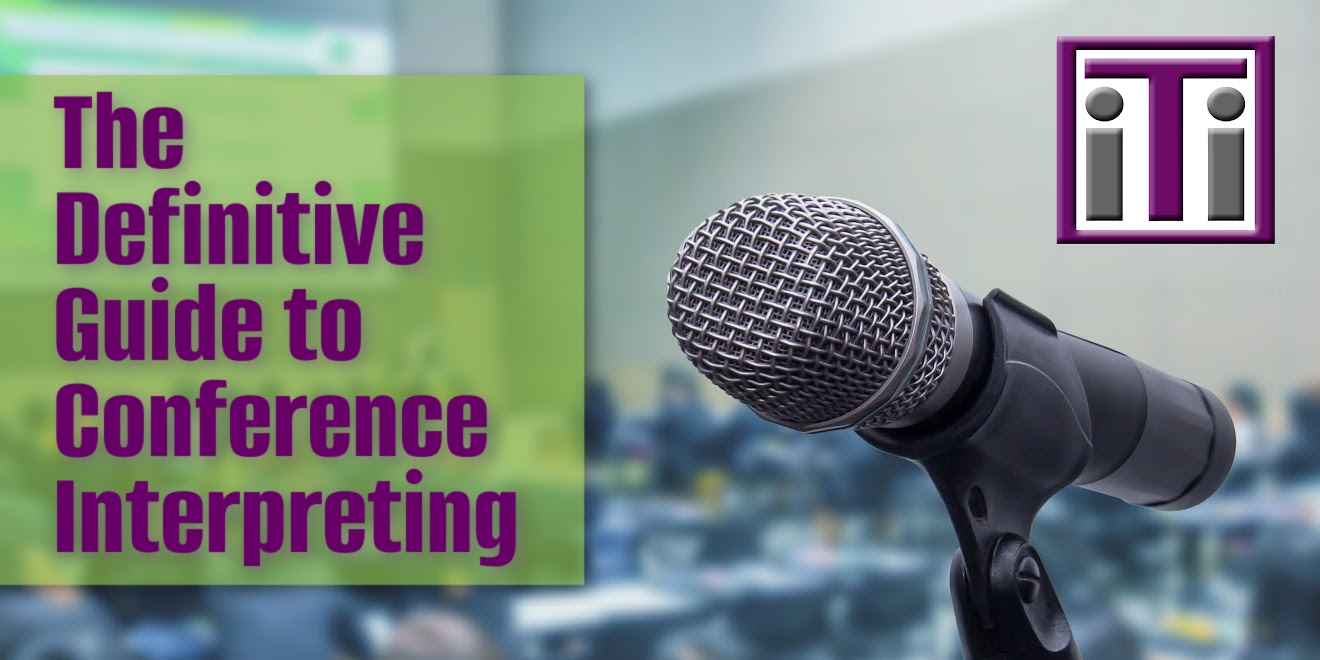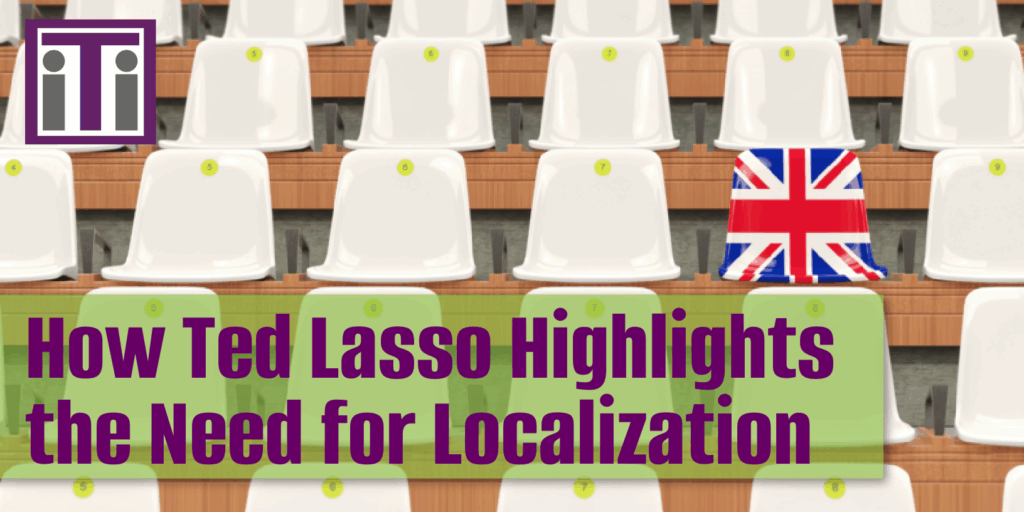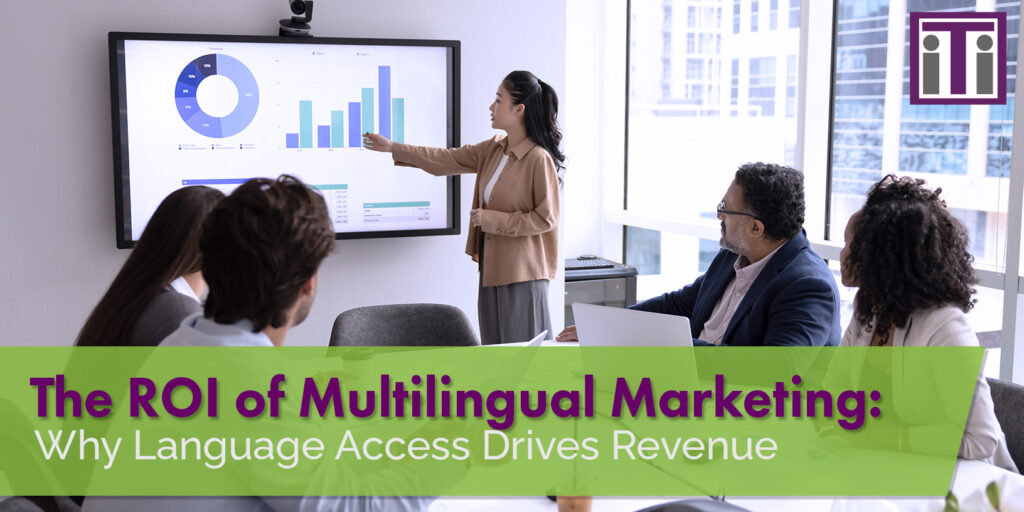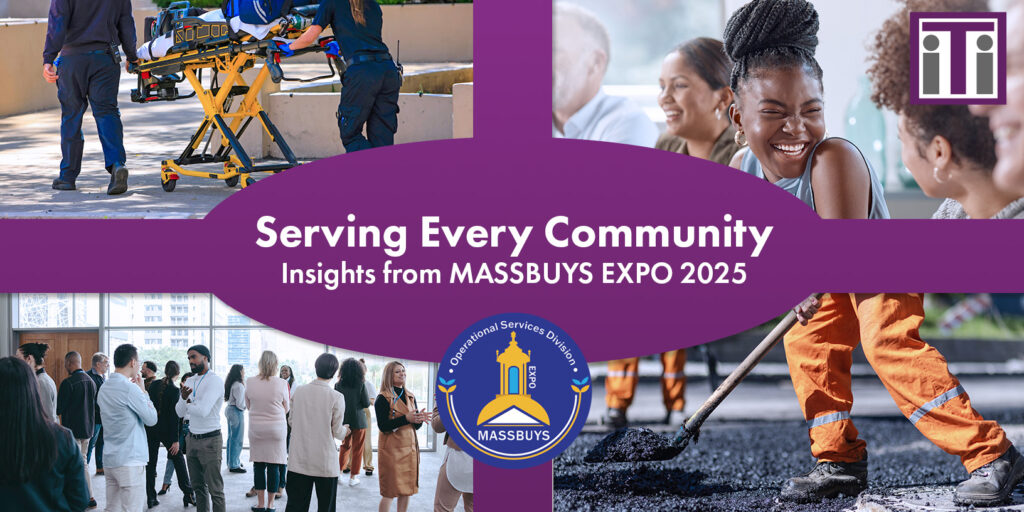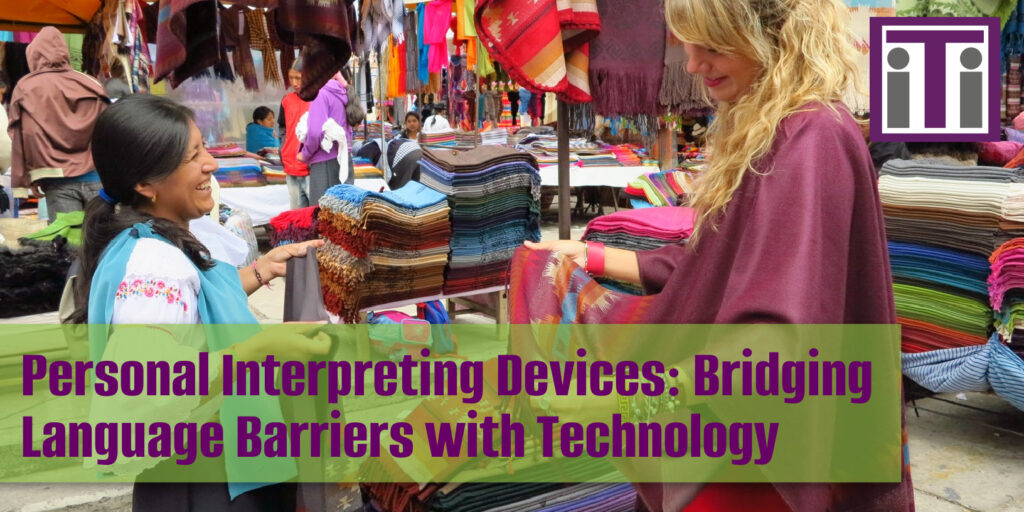The Definitive Guide to Conference Interpreting
Reading Time: ~7 mins
Large events such as conferences take extreme coordination and preparation to be successful. This can increase dramatically when conference interpreting services are needed to serve a multilingual audience.
To ensure a smooth and successful event, preparation for interpreter services should be part of your event planning process. No matter how excellent your content or how distinguished your speakers, if your Limited English Proficient (LEP) attendees can’t understand them, the event will not be a complete success.
Planning events can be stressful. At iTi, we are here to help alleviate some of that stress by supporting you and the multilingual audiences you serve.
Differences Between Simultaneous and Consecutive Interpreting
Knowing the difference between the two modes of interpretation will greatly help you while planning for interpreter services. Some events will require just simultaneous interpreting while others may require both!
In Consecutive interpreting, the interpreter listens to what the speaker says. Then, the speaker pauses after several sentences or phrases, while the interpreter relays the message to the audience in their target language. Consecutive interpreters are used for a variety of situations such as:
- Workshops
- Interviews
- Consultations
- General conversation
In Simultaneous interpreting, an interpreter relays information as the presenter is speaking, with only about a 2 second delay. Audience members wear headsets and the interpreter is typically in the back of the room, quietly speaking the interpretation into a microphone. For this reason, simultaneous interpreting is also known as real-time interpreting and is used for events such as:
- Speeches
- Presentations
- Lectures
- Community meetings
- Business gatherings
Depending on the format of a conference or event, often just one form of interpreting is needed. For larger conferences, it is common to use simultaneous interpreting for full-audience events, like keynote speeches or round-table discussions. For smaller workshops, a consecutive interpreter could be used.
Types of Interpreting Equipment
If your event will require a simultaneous interpreter, you will need equipment. There are several different types of simultaneous interpreting equipment. They range from simple to complex depending on the nature of the event.
Whisper Equipment:
Whisper equipment is the most basic simultaneous interpreting equipment and consists of headsets. Listeners have headsets with receivers and the interpreter uses a microphone connected to a transmitter.
The interpreter typically sits away from the group and quietly interprets what is being said into the microphone. The interpretation is transmitted to the audience members’ headsets. The interpreter has no direct audio feed and must rely on hearing the group from inside the same room.
Ideal for: Business meetings, trainings sessions, lectures, seminars with fewer than 15 attendees
Table-Top Booth:
 As the name suggests, this is a small, portable booth that can be placed on a table. The interpreter sits at the table so that their upper body and the interpreting equipment fit inside the booth.
As the name suggests, this is a small, portable booth that can be placed on a table. The interpreter sits at the table so that their upper body and the interpreting equipment fit inside the booth.
Table top booths are not fully enclosed and are not completely soundproof. They are easy to transport and can be set up and operated by a single person.
Ideal for: Small venues and venues where setup time may be a factor
Full Interpreter Soundproof Booth:
Full interpreter booths are the crème de la crème of conference interpreting equipment. They are standalone enclosures with a floor, four walls, a ceiling, a door, and its own ventilation system.
Full booths require 1-2 technicians to set up the booth and to hook up the audio feeds. One of the major benefits of the full booth is that it is completely soundproof. This ensures that the interpreters don’t disturb audience members. The two-way feed also means they don’t miss anything the speaker is saying due to audience noise.
Full booth setups can fit multiple interpreters, and are ideal if you need interpreting in multiple languages. Because of their size and technical set up, they require more lead time for delivery, set up, and break down.
Ideal for: Large conferences and events
Recommendations for Event Planning:
Schedule ahead of time.
Simultaneous interpreters are in high demand and often book out far in advance. Just as any other vendor or presenter involved in a large event, your interpreter should be confirmed as early as possible.
This also gives your language service company time to arrange for the timely delivery of needed equipment.
Provide interpreters with conference materials ahead of time.
Once you have an interpreter confirmed, be sure to provide the language service company any available conference materials. This will allow the interpreter to familiarize themselves with any specific terminology that may be pertinent. This includes:
- Agendas
- PowerPoint presentations
- Handouts
- Background information on the company/host/event
- Speeches or outlines of speeches
Furthermore, once the conference materials are finalized, consider getting them translated for the non-English speaking audience members.
Immediately Before The Event:
Test all equipment to avoid technical difficulties.
Depending on the interpreting equipment you choose to work with, you may or may not have a technician on site. Either way, it’s a best practice to test all equipment the night before the event to ensure everything runs smoothly.
During The Event:
Bring extra materials for the interpreters.
It is a common courtesy to provide the interpreters with conference materials. This will help them to be their most effective and stay on top of the schedule.
Introduce yourself to the interpreters.
While this may seem obvious, it warrants a mention to introduce yourself to the interpreters! Establishing rapport up front will help to alleviate any stressful situations that may arise. It will also make for a much more enjoyable working environment for all involved.
Avoid speaking too quickly and enunciate clearly.
Whether using consecutive or simultaneous interpreters, a best practice to working with interpreters is to speak at a normal pace. Do your best to enunciate all words so the interpreter clearly understands and accurately conveys the message. There is no need to alter your normal pattern of speech, but it is important to keep pace in mind when working with an interpreter.
Avoid colloquialisms
Colloquialisms are words or phrases used in informal language and are similar to slang language. For example. the word “ain’t” and the phrase “like a bat out of hell” are both colloquialisms. It’s best to keep your language culturally neutral to the best of your ability when addressing a multicultural audience. Interpreters will do their best to interpret appropriately, but too many idioms may come off as slightly confusing to the recipients.
Always thank the interpreters
It should be noted that this point is obvious, but still needs to be mentioned. Recap the day with your interpreters and thank them for their work. If you had a positive experience, make sure to remember their name so you can ask to collaborate with them again. The interpreters will appreciate your gratitude and feedback on their work.
As Alexander Graham Bell once said, “Before anything else, preparation is the key to success”. Don’t leave interpreter services to the last minute and risk the reputation of your event. Factor the cost and scheduling time of interpreters into your initial budget and your preparation will surely be rewarded.
Click here to learn more about iTi’s conference interpreting services.
About Interpreters and Translators, Inc.
iTi’s dedicated and experienced team offers a wide range of multicultural language solutions. We work with domestic and international organizations in a variety of industries. Do you require translation services to enhance your global marketing and sales initiatives or interpreter services to communicate across languages?
Our team is highly experienced in creating tailored language solutions and working in more than 250 languages. Consequently, no matter the challenge, we will work together to reach your desired outcome.
Want to know more? Contact us using the button below, or call us directly at 860.968.6777.
| Get in Touch |

